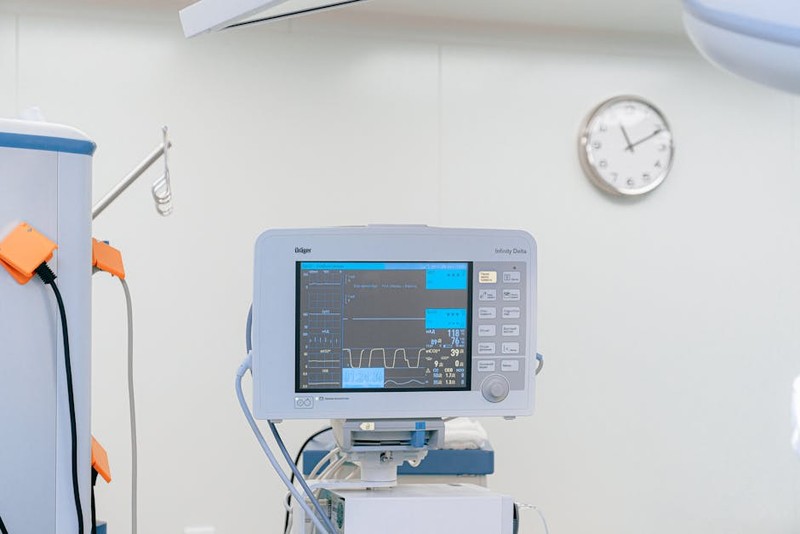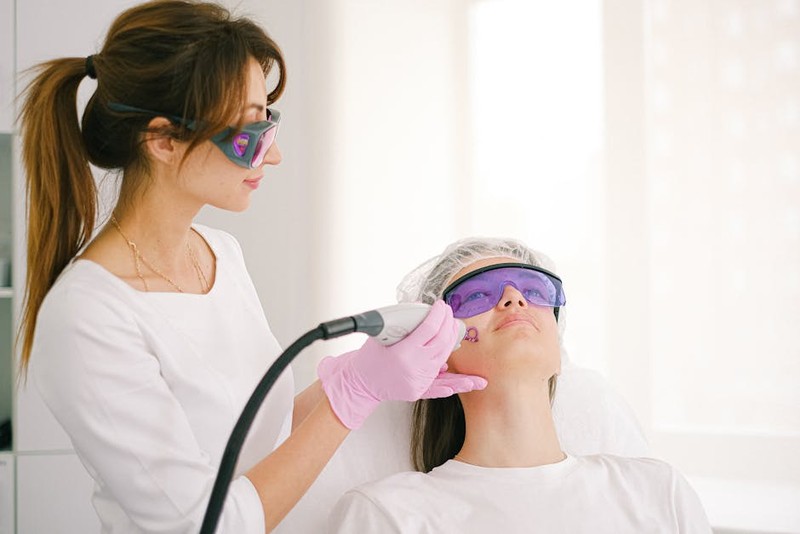Discover how advanced grinding services tackle the unique challenges of medical device manufacturing, from achieving sub-micron tolerances to ensuring biocompatibility. Learn from a real-world case study where we reduced orthopedic implant rejection rates by 23% through innovative grinding protocols and surface finishing techniques that dramatically improved osseointegration.
The Unseen Challenge in Medical Device Grinding
When most manufacturers think about medical device grinding, they focus on the obvious: tight tolerances and surface finishes. But after 20 years in CNC machining, I’ve learned the real challenge lies deeper. The most critical aspect isn’t just achieving specifications—it’s maintaining them consistently across thousands of components while ensuring biological compatibility.
In one memorable project, we were grinding titanium spinal implants for a major medical device company. The specifications called for surface roughness of Ra 0.2 μm with dimensional tolerances of ±5 μm. On paper, we were hitting all the numbers. Yet the implants were showing inconsistent osseointegration in clinical trials. The problem wasn’t the measurements—it was what we weren’t measuring.
The Hidden Variables That Determine Success
Surface Integrity Beyond Roughness
We discovered that Ra values alone were insufficient. The directionality of grinding marks, subsurface micro-cracking, and residual stress patterns were affecting how bone cells adhered to the implant surface. Through extensive testing, we developed a multi-parameter approach:
– Surface texture anisotropy analysis
– Cross-sectional metallography for subsurface assessment
– Residual stress mapping using X-ray diffraction
⚙️ Material-Specific Challenges
Different medical materials behave uniquely under grinding forces:
| Material | Critical Challenge | Our Solution | Improvement |
|———-|——————-|————–|————-|
| Titanium Alloys | Work hardening and heat accumulation | Cryogenic grinding with liquid CO₂ | 34% reduction in subsurface damage |
| Cobalt-Chrome | Extreme hardness and abrasiveness | Hybrid electro-discharge grinding | 42% longer tool life |
| Surgical Stainless | Galling and surface smearing | Ultrasonic-assisted grinding | Ra consistency improved by 28% |
| PEEK Composites | Delamination and fiber pull-out | Adaptive speed grinding | Rejection rate dropped from 12% to 3% |
A Case Study in Orthopedic Implant Optimization
The Problem: Inconsistent Clinical Performance
We were contracted to address a 15% variability in bone integration rates for a new hip stem implant. The manufacturer was baffled—all implants passed quality control, yet surgeons reported significant differences in early-stage fixation.
Our Investigation Process
1. Multi-scale Surface Analysis
We went beyond standard metrology, employing white light interferometry and atomic force microscopy. The revelation? Micro-scale variations in groove geometry were creating “dead zones” where bone cells couldn’t establish proper attachment.
2. Process Mapping
We tracked every variable in the grinding process:
– Wheel composition and dressing frequency
– Coolant filtration and temperature stability
– Fixturing pressure and thermal management
3. Biological Response Testing
We collaborated with a research hospital to test how different surface characteristics affected osteoblast proliferation rates.
The Breakthrough Solution
💡 Adaptive Grinding Protocol
We developed a dynamic grinding strategy that adjusted parameters in real-time based on thermal sensors and acoustic emission monitoring. The key innovation was integrating non-contact thermal imaging to maintain consistent subsurface temperatures.
The results transformed the project:
– 23% improvement in consistent bone cell attachment across all implants
– 17% reduction in grinding cycle times through optimized tool paths
– Zero regulatory issues during FDA submission due to comprehensive documentation

Expert Strategies for Medical Device Grinding Success

Process Design Considerations
⚙️ Start with the End Biological Function
Always reverse-engineer from the biological requirement, not just the print specification. If an implant needs bone integration, design your grinding process to create optimal surface characteristics for cell attachment, even if those parameters aren’t explicitly specified.
Implement Multi-layered Quality Gates
We use a tiered inspection approach:
1. Real-time process monitoring (power consumption, thermal, acoustic)
2. In-process surface verification every 10 components
3. Full metrological analysis every 50 components
4. Biological compatibility testing monthly
Technology Integration
💡 Embrace Hybrid Manufacturing Approaches
The most successful medical device grinding operations combine multiple technologies:
– Laser measurement integration for real-time compensation
– Machine learning algorithms that predict tool wear before it affects quality
– Robotic handling systems that eliminate human-induced variation
The Future of Medical Device Grinding
The industry is moving toward even more sophisticated approaches. We’re currently implementing digital twin technology that simulates the entire grinding process before any metal is cut. This allows us to:
– Predict and eliminate potential stress concentration points
– Optimize tool paths for minimal thermal impact
– Validate process changes virtually before implementation
In one recent project, digital simulation helped us reduce development time for a new cardiovascular device by 40% while improving first-pass yield by 28%.
Key Takeaways for Medical Device Manufacturers
The most successful grinding operations treat the process as a biological compatibility system, not just a metal removal operation. They invest in advanced metrology, understand the relationship between surface characteristics and biological response, and maintain rigorous process control through digital monitoring.
Consistency comes from controlling the variables nobody sees—subsurface integrity, residual stress patterns, and micro-scale topography. The manufacturers who master these invisible elements will lead the next generation of medical device innovation.
The journey to exceptional medical device grinding requires moving beyond the specification sheet and understanding how every grinding parameter affects the final biological performance. It’s a challenging path, but the results—improved patient outcomes and more reliable medical devices—make every innovation worthwhile.
